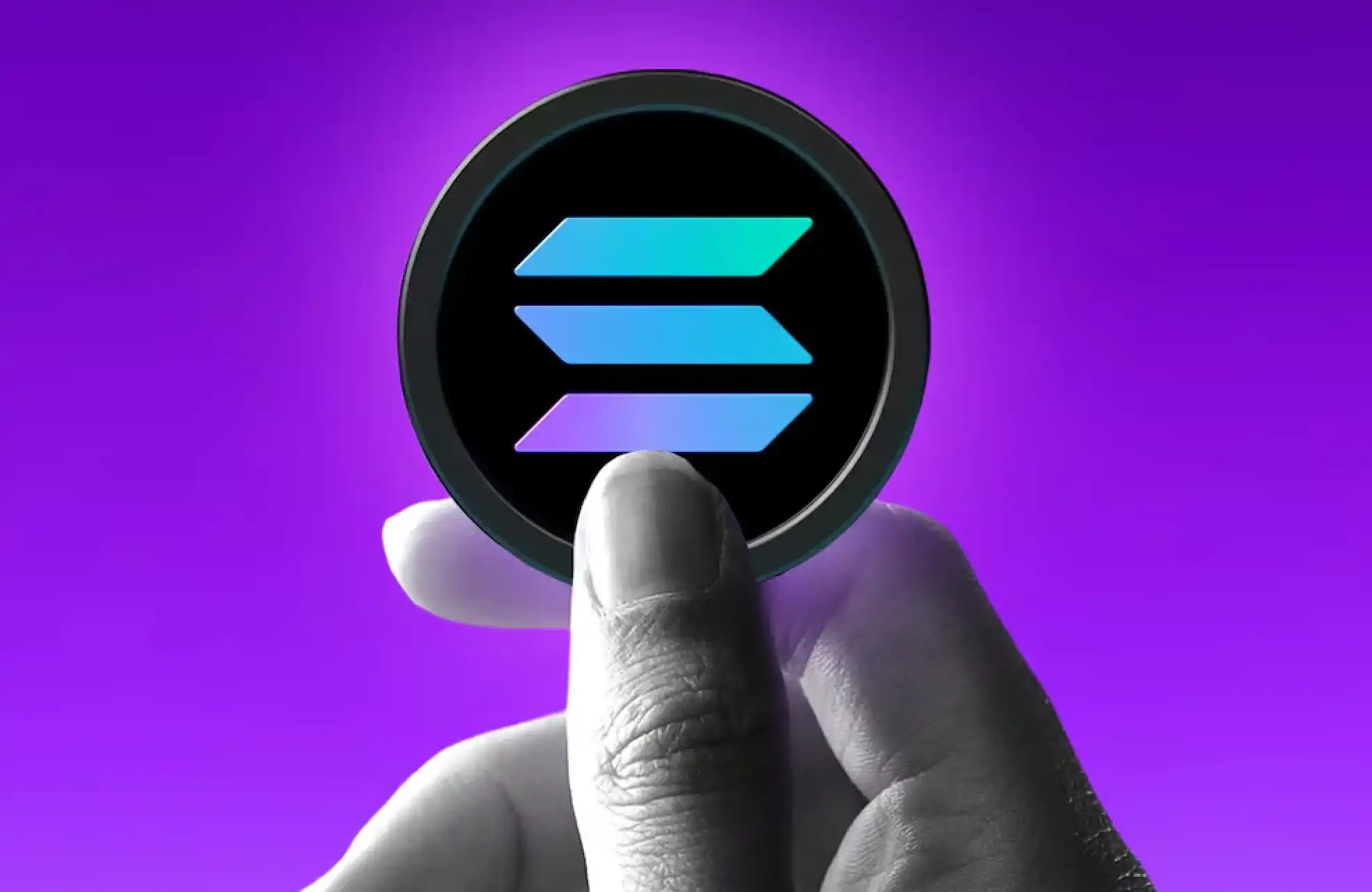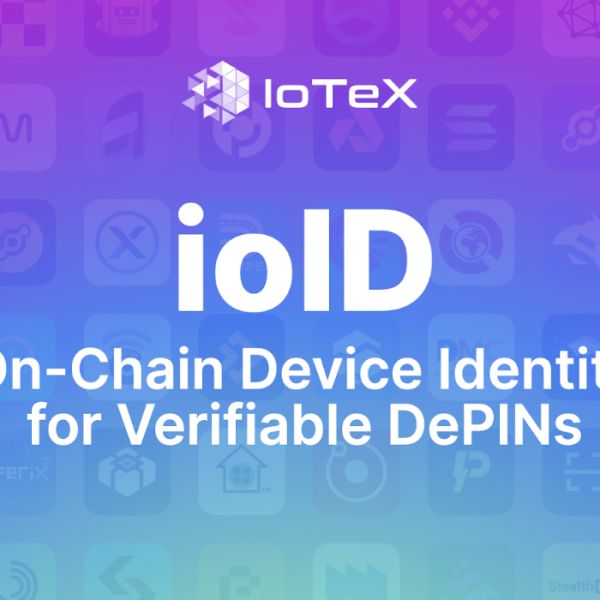Spot Dogecoin ETF launch gets no inflows revealing concerning market reality
Wall Street has finally built a bridge to the internet’s most famous meme coin, but on day one, no one crossed it.
On Nov. 24, Grayscale’s Dogecoin ETF (GDOG) began trading on the NYSE Arca without logging a single unit of net creation, a stark signal that the appetite for “meme-beta” in a regulated wrapper may be vastly overestimated.
The muted debut comes at a perilous moment for the industry, which is preparing to unleash over 100 similar single-token products into a market currently bleeding nearly $2 billion a week.
GDOG’s ‘zero’ inflow debut
While the ticker appeared active on terminal screens, the underlying plumbing told a different story.
According to SoSoValue data, the fund recorded approximately $1.41 million in secondary trading volume.
Indeed, this figure fell drastically short of expectations. Bloomberg Intelligence analyst Eric Balchunas had predicted that the Dogecoin ETF volume could reach $12 million on the first day of trading, yet the actual tape missed that mark by nearly 90%.
However, even more concerning was the flow data that showed that the fund registered $0 in net inflows after its first trading day.
In the mechanics of ETF market structure, this distinction is critical. Trading volume represents existing shares shuffling between market makers and speculators, while creations represent authorized participants (APs) delivering fresh capital and underlying assets to the trust.
A “zero creation” day implies that, despite the institutional stamp of approval, no new primary capital entered the ecosystem. The lack of uptake serves as a reality check for an asset class facing an oversupply crisis.
Utility vs. sentiment
The disconnect is sharpened when contrasting GDOG with recent crypto ETF successes. Bitwise’s Solana Staking ETF (BSOL), launched in late October, attracted roughly $200 million in its first week.
The differentiator was utility. BSOL offered staking yields, a mechanism complicated for traditional investors to access directly.
GDOG, by contrast, offers pure exposure to social sentiment. It is a “vanilla” spot product that holds an asset already ubiquitous on retail platforms like Robinhood. Without the “access premium” or a yield component, the value proposition for an institutional allocator is thin.
Furthermore, the mechanics of wrapping a meme coin introduce specific basis risks.
Dogecoin’s reference market turnover hovered around $1.5 billion on launch day, with the price steady near $0.15. While liquid, the market is prone to violent, event-driven spasms. A standard creation unit of $100 million would require purchasing roughly 666 million DOGE.
In a thin market, that buy pressure would push spot prices higher. Conversely, if the ETF is closed (during NYSE weekends) while the crypto market crashes, the fund could reopen at a massive discount to Net Asset Value (NAV).
The “ticker tourism” seen on day one, characterized by low volume and no creations, suggests traders are aware of these risks and are treating GDOG as a short-term trading vehicle rather than a portfolio allocation.
The ‘Spaghetti Cannon’ pipeline
Meanwhile, the failed ignition of GDOG is ominous because it is not an isolated event. It is the opening act of a supply glut that threatens to fracture liquidity in the crypto market.
According to industry data relayed by Balchunas, issuers are adopting a “spaghetti cannon” strategy. The pipeline projects five spot crypto ETFs landing within six days, including variants for Chainlink (LINK) and XRP, followed by an estimated 100+ additional spot crypto ETFs listing sequentially over the next six months.
This aggressive expansion clashes violently with the current macro regime. According to CoinShares, digital asset investment products suffered $1.94 billion in net outflows for the week ending Nov. 24.
The capitulation was broad-based, dragging Bitcoin down to a seven-month low near $80,553 and crushing sentiment for high-beta altcoins. Even Solana, the cycle’s previous darling, saw $156 million in outflows.
Launching a high-volatility meme product into these headwinds is a gamble, but launching a hundred of them is a structural risk. If the most culturally relevant asset in the sector cannot attract bids, the outlook for the “long tail” of single-token funds appears grim.
A fractured landscape of low-AUM “zombie ETFs” creates headaches for market makers, who must manage inventory across hundreds of illiquid tickers, potentially leading to wider spreads and significant tracking errors during volatile sessions.
The 2-week test
Considering this backdrop, the industry will be paying particular attention to GDOG and other altcoin ETFs to gauge sector interest.
For GDOG to succeed, it needs Authorized Participants to begin arbitrage the spread between the ETF and the spot market, delivering Dogecoin into the trust to mint new shares. If the “zero creation” streak persists through the first week, it will confirm that the product is merely cannibalizing existing demand rather than generating new inflows.
More broadly, GDOG’s performance will dictate the pace of the upcoming 100-ETF rollout. If issuers see zero traction for a major-cap asset like Dogecoin, the appetite to launch funds for lower-liquidity assets may evaporate, forcing a consolidation of the pipeline.
For now, the message from the market is clear. The plumbing is ready, the regulators have signed off, but the investors and the projected $12 million in volume have left the building.
The post Spot Dogecoin ETF launch gets no inflows revealing concerning market reality appeared first on CryptoSlate.
Disclaimer: The content of this article solely reflects the author's opinion and does not represent the platform in any capacity. This article is not intended to serve as a reference for making investment decisions.
You may also like
The latest SOL proposal aims to reduce the inflation rate, but what are the opponents thinking?
The Solana community has proposed SIMD-0411, which would increase the inflation deceleration rate from 15% to 30%. It is expected to reduce SOL issuance by 22.3 million over the next six years and accelerate the reduction of the inflation rate to 1.5% before 2029.

IoTeX launches the world's first on-chain identity solution ioID designed specifically for smart devices
ioID is revolutionizing identity management for smart devices, allowing DePIN to authenticate devices, protect data, and unlock next-generation application scenarios within a user-owned ecosystem compatible with any blockchain.

Mars Morning News | Last week, global listed companies made a net purchase of $13.4 million in BTC, while Strategy did not buy any Bitcoin last week
Expectations for a Federal Reserve interest rate cut in December have risen, with Bitcoin briefly surpassing $89,000 and the Nasdaq surging 2.69%. There are internal disagreements within the Fed regarding rate cuts, causing a strong reaction in the cryptocurrency market. Summary generated by Mars AI. This summary is generated by the Mars AI model and its accuracy and completeness are still being iteratively updated.

The covert battle in the crypto industry escalates: 40% of job seekers are North Korean agents?
North Korean agents have infiltrated 15%-20% of crypto companies, and 30%-40% of job applications in the crypto industry may come from North Korean operatives. They act as proxies through remote work, using malware and social engineering to steal funds and manipulate infrastructure. North Korean hackers have stolen over $3 billion in cryptocurrency to fund nuclear weapons programs. Summary generated by Mars AI. This summary is generated by the Mars AI model, and its accuracy and completeness are still being iteratively improved.

